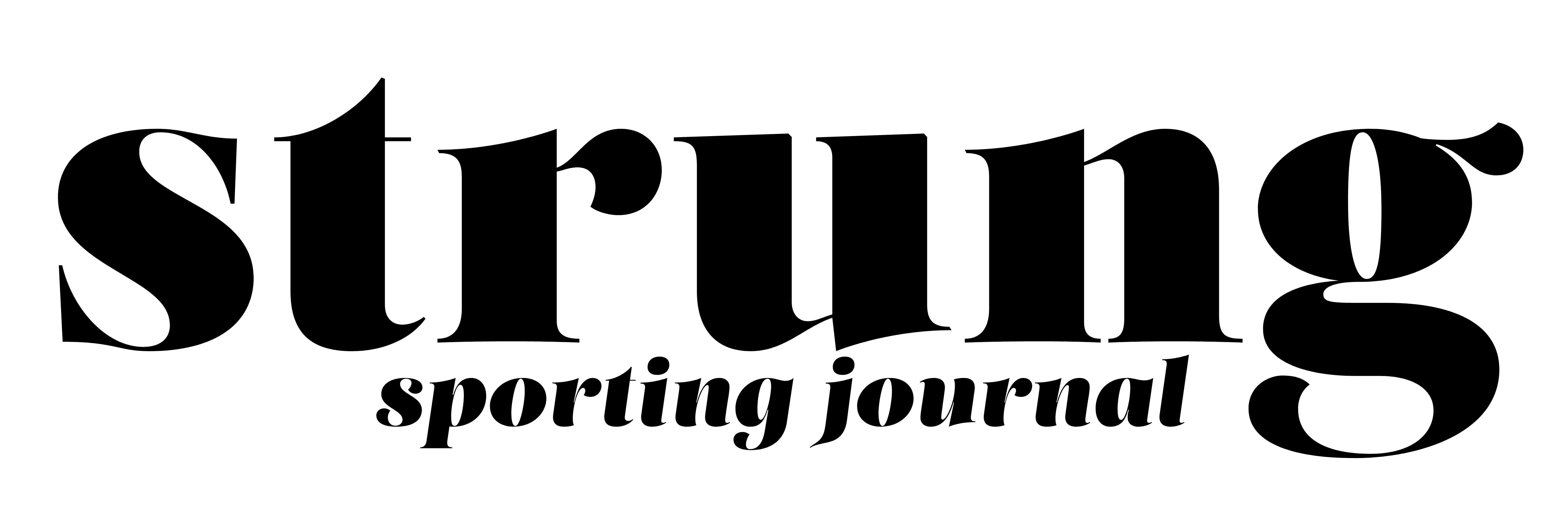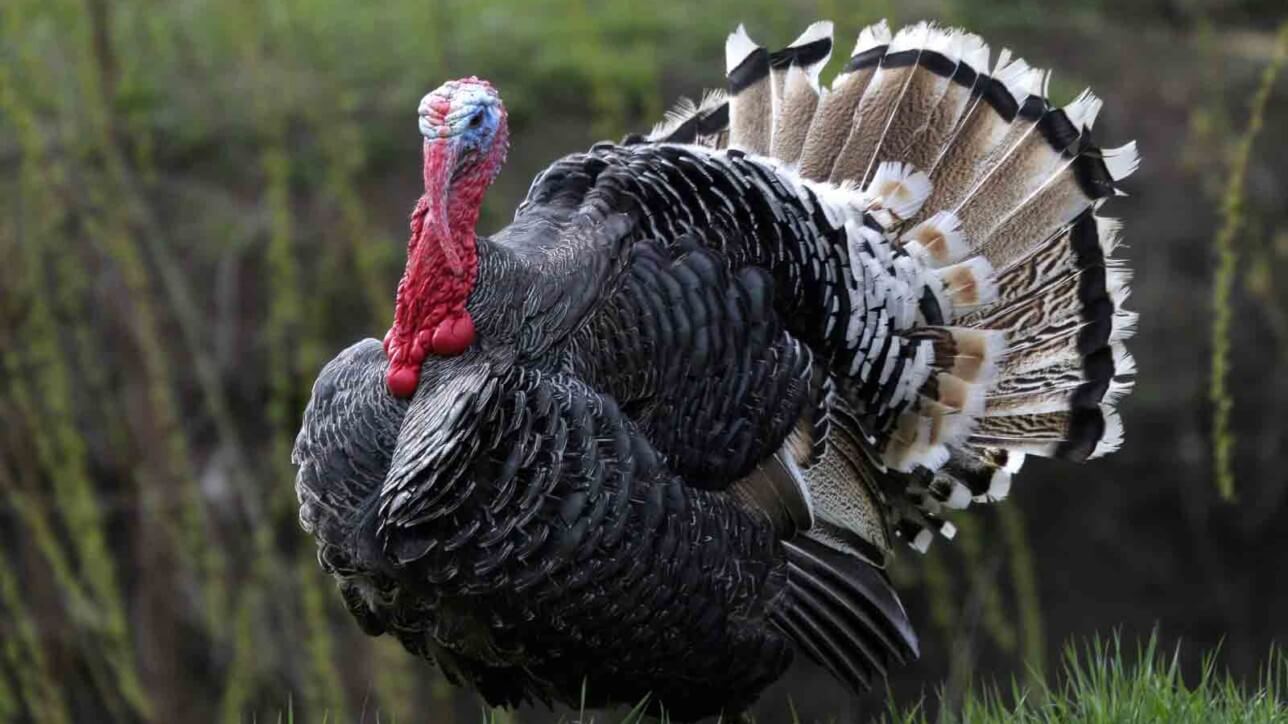By Tom Keer
(Originally published in Strung #2 – Spring 2019)
The only time I ever walk down the old, sandy, fire road is during turkey season. The last time it was open to the public was decades ago and it was supposed to be used only by the fire brigade and in emergencies. That path allowed pump trucks to access a maze of other sandy roads and navigate the forest so as to extinguish the occasional wildfires. During the Summer of Love, no one smelled the pine. Wood smoke from bonfires of communal camping filled the air as did the distinct pungency of smoldering Mary Jane. When the excited sounds of orgies were added to the mix, Johnny Law shut it down. It was big news that a police squad sealed off the path’s entrance with twisted wire cables and shackles. That was a long time ago, and these days both are so rusty that one sharp yank would break them in half. An open entrance would allow me to drive, but I’d still walk. It’s far more interesting that way, particularly at night.
Tall stands of pine line both sides of the road. Some are pitch pines used by early Pilgrim settlers to waterproof boat strakes. Their neighbors, enormous, straight-enough white pines, were used as masts. This particular stand has been unmolested for nearly a century, and that time allowed them to grow. They’re so tall and wide that their limbs interlock and block all light from my path. Even a full moon stroll requires a flashlight, but there is one intriguing detail: it’s silent, deathly silent. No noise or sound carries a lick, no matter if it’s a calm day or during a honking Nor’easter. It’s eerie for the first five minutes but after time spent in solitude it’s difficult to return to reality.
The fire road splits a ways up, and I take the path that veers to the east. If I were to continue walking straight for a mile or so I’d eventually swim with striped bass. The closer I get to the beach the looser the terrain, and the smells change, too. On an Easterly, the wind blows across the frigid ocean and is bone chilling. With it comes the pungency of salt air. A directional change to the Sou’west brings more pine and less brine. I vowed one day to hunt turkey in this Cape Cod pine barren with a blunderbuss, and hopefully there still is time.
My chosen path runs parallel to the dunes, and it takes me to the hollow below the local high point. On dark nights, land pirates called Mooncussers walked throughout these dunes. They carried lanterns and pretended to be lighthouses, luring unsuspecting captains to run their vessels aground. Folks in North Carolina know what I’m talking about; their land pirates put light fixtures on an old horses’ head. Nags Head, Mooncussers, they’re the same thing. Their charades and raids fell under the cover of darkness. When it was bright they cussed the moon, but like all things their era passed. It’s my turn now, and I hunt gobblers in their hollow below.
Many years earlier I fished for striped bass on the beach out front. Every now and then I could have sworn I heard bobwhite whistling. After hammering enough fish to be happy, I set forth to explore the pine barren and search for the collection responsible for the late afternoon covey calls. It took a while, but I found them in a hollow full of broomstraw, ragweed, and lespedza. Oaks and pines stood so perfectly erect throughout that I could have sworn I was in South Georgia’s Red Hills. That fall I returned to cut loose my setters, and, boy, did we have a big time. Things are very different now as the forests grew up, the grasses died off, and the quail disappeared. All that runs the bottom’s glacial kettle pond and the coast are low-basket swamp bucks and eastern wild turkey.
I think about different setups every year, yet always arrive at the same place. You can find me, if you can find the hollow, sitting against the big old pine in the middle. Decades of fallen pine needles provide comfort that rivals my bed, I’m out of the direct wind and sun, and have a solid view of the birds’ entrances and exits. Veteran turkey hunters would call me a fool for hunting down low. Turkey 101 says that it’s easier to call a bird uphill than to try and coax him down, but that truth doesn’t hold water here. Gobblers and hens roost on the hillside that descends to where the Mooncussers walked. After flying down, the hens head to the hollow to breed and pick bugs. If you’re at the top, you’ll hear sexy yelps, purrs and clucks, and the gobblers hear ’em, too. They get all hot and bothered, and dump out of the trees to storm the hollow below.
These eastern birds behave this way because of the light hunting pressure they receive. There isn’t much spring traffic here in Tourist Town. Summer folks split in the fall for skiing sorties in the western mountains or sailing junkets in the Caribbean. No one putts on the brown greens of the golf courses. Heck, even hotels and restaurants are closed. It will be months before anyone orders a soft serve twist with Jimmies.
On last year’s opening day, a number of them thundered across the top of the bowl. I’d normally talk back pretty quickly, but this time I decided to wait until after the false dawn. The light would be stronger, the temperature swing would be complete, and those boys would be hot. I waited for an hour, and there wasn’t a single yelp to be heard.
I felt the rising sun’s heat long before I could see it, and pitched out a soft yelp. The woods lit up immediately, and I dished out another. I figured I would hammer these birds and force them to either commit and come in or I’d leave and go fishing. Gobbles came from all sides, and I yelped and yelped and yelped. These fellas were all out of sorts so I laid it on thick one last time. I delivered my piece de resistance with a yelp-purr combo that raised to a crescendo. Then I shut up and sat back.
Moments later I saw a head pop up on the west side of the bowl. Two more heads appeared at the north side and four jakes gathered towards the south. When it rains it pours I guess, but this time I didn’t have an umbrella. To take one corker of a bird meant that I’d educate six others. That’s turkey hunting for you. You can’t always have what you want so you take what you can get. I was ready.
Everything was calm until the first bird started down the hill. After that it it was a stampede. Two jakes thought they were smarter than the three bosses, and they flew down to my deke. By the time the dominant gobblers arrived there were feathers flying like snow. Birds reared up, talons raked everywhere, and feathers flew sky high. One cool customer, the biggest one of the bunch, walked right up in full display, drumming and spitting. The others continued to scuffle so much that, if it went on for much longer, they’d be bald.
No one heard the shot. No one heard the wings beating on the pine needles. No one heard them stop. No one saw the other birds fly up the ridge and beat feet away. There was no wind, there was no sound, just me sitting against the pine staring at my bird and wondering, all the while, what just happened?
By now it was light out. I walked to my bird, picked him up, and hung him over my shoulder. He felt like a good one, and I enjoyed his weight as I walked out of the hollow to the sand, to the fork, and then through the pines. I wished I had a country store hang-out where all turkey hunters gathered to swap stories. On most days I would listen but today I had a story to tell. All I had were the good folks at the Mobile Station . They weren’t hunters, and all they’d want were the details.
I placed my gobbler in the pickup’s bed. At one point his beard must have been long, but now it was slightly longer than a stub. The harsh winter saw to that. The birds that escaped likely had blood on their spurs, but there was none on his. I sat on the tailgate and looked out at the road. There were no cars whizzing by to disturb me, so I took out my journal and wrote. Even though no one heard the story it would still live on like those tales of the Mooncussers, with me hunting in their shadows below.
Author Bio: Tom Keer is an award-winning writer, columnist and blogger who regularly writes for over a dozen outdoor magazines. He owns The Keer Group, a full-service, outdoor marketing company and hunts and fishes with his wife and children. Don’t hold it against him, but he’s a setter guy. Visit him at www.thekeergroup.com or at www.tomkeer.com.



